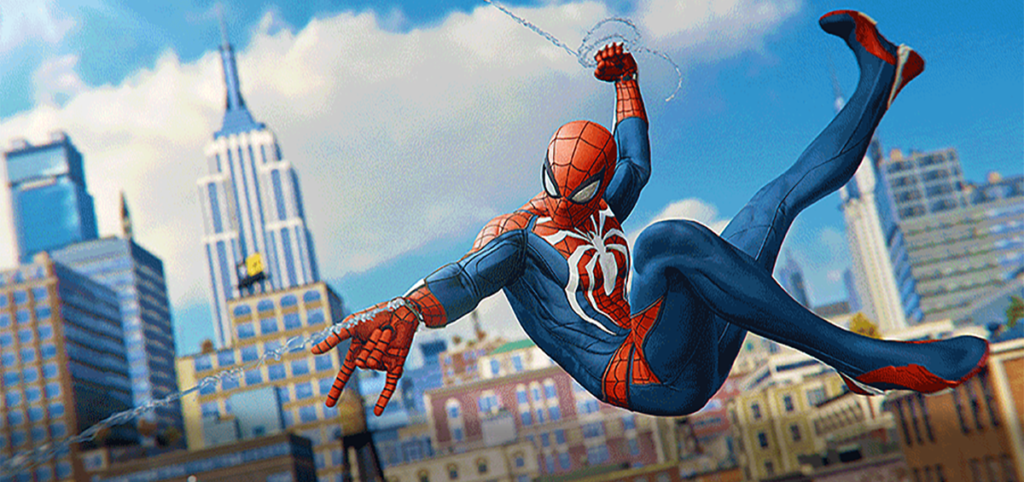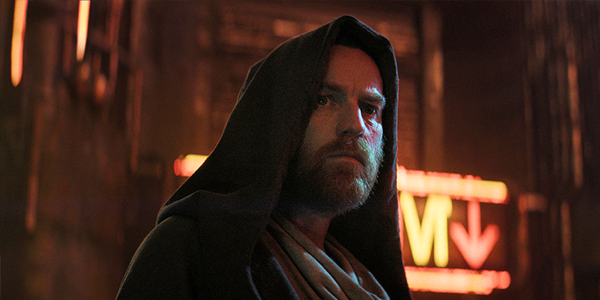Review: Season: A Letter to the Future

review | Season: A Letter to the Future
No fighting, no explosions—you can’t even jump—but this quest game provides a unique experience for everyone who plays it
by Dennis Burger
March 31, 2023
Perhaps the easiest way to explain the concept of the brilliant new PS4/PS5/PC game Season: A Letter to the Future is to deconstruct its title. The “season” to which it refers isn’t a meteorological subdivision of the year but something more akin to the ages of J.R.R. Tolkien’s legendarium—larger swaths of time into which history is grouped in retrospect. There was, in the past of this game’s world, a season of industrialization, a season of cultural exchange, a season of war, and the season into which your character was born, whose defining characteristics are a bit nebulous.
The “letter to the future” is your mission in the game. The end of your season has been prophesied. You’ve been chosen to leave your insular little hometown to document the world as it exists for the benefit of future generations. Your tools for the journey consist of merely a camera, an audio recorder, a bicycle, and the blank scrapbook you’ll fill along the way—with photos and drawings and quotations from the people you meet in your travels—not for your own benefit, but for the benefit of those who’ll read it long after you’re gone.
Let me underline that point in case it doesn’t resonate. Season: A Letter to the Future is a quest game, to be sure; it is an open-world exploration game. But you have no weapons. You can’t even jump, you can’t punch, you can neither build nor destroy things. Your job is to explore and learn and document—to see the world as it exists and to listen to the stories of the who populate it—and the scrapbook you end up filling by the end of your journey will be uniquely yours. It’s legitimately inconceivable that any other player will construct a letter to the future exactly like yours.
None of it would work if the world weren’t so compelling, but the tiny little indie dev-team Scavengers Studio has created a virtual reality that’s nearly infinitely compelling, not merely in its composition but also its aesthetics. The world of the game certainly seems to be ours in the far future, as its artifacts will look all too familiar to modern eyes—machines of commerce and construction; crumbled superhighways that exist in the landscape but are not part of it. Let’s just call it what it is: A post-apocalyptic earth by all indications. But not since Adventure Time have we seen a post-apocalypse this quirky and beautiful.
The game’s distinctive rendering style certainly doesn’t hurt in that respect. Regular gamers will recognize the graphics as belonging to a tradition known as cel-shading, perhaps employed most popularly in a handful of modern Zelda games but also used in films ranging from A Scanner Darkly to Spider-Man: Into the Spider-Verse.
As lovely as the graphics are, though, it’s the surround soundtrack that sells the constructed reality of the game. More often than not, it’ll be your ears that point you in the direction of the most interesting discoveries, be it an old windmill creaking in the midst of a storm, creating energy for no one, or a manmade instrument that converts the sounds of the wind into music.
Perhaps the neatest thing about Season: A Letter to the Future is that I think it will be non-gamers who somehow stumble upon it who appreciate it the most. The game begins with the gentlest of invitations: “We invite you to explore and enjoy this experience at your own pace.” Many of us who are accustomed to exploring virtual open worlds will, I fear, rush from one discovery to the next, chasing the trophies and achievements we’ve been trained to view as the point of it all, secure in the knowledge that as soon as we’ve hit the ending credits we can start a new game and discover all the things we missed the first time around.
Season is not that sort of game. Having made it to the end and meditated on its themes—ecological, environmental, societal, historical, and personal alike—I doubt I’ll ever play it again. To do so would be to miss the point. As with life, it’s the ephemerality of this letter to the future that makes it so precious. To attempt a do-over would be to sully the memory of this one-of-a-kind experience.
Dennis Burger is an avid Star Wars scholar, Tolkien fanatic, and Corvette enthusiast who somehow also manages to find time for technological passions including high-end audio, home automation, and video gaming. He lives in the armpit of Alabama with his wife Bethany and their four-legged child Bruno, a 75-pound American Staffordshire Terrier who thinks he’s a Pomeranian.
PICTURE | Not since Adventure Time has there been a post-apocalypse this quirky and beautiful, done in a cel-shading style reminiscent of Spider-Man: Into the Spider-Verse
SOUND | The surround soundtrack sells the constructed reality of the game, guiding you in the direction of the most interesting discoveries
© 2025 Cineluxe LLC

















